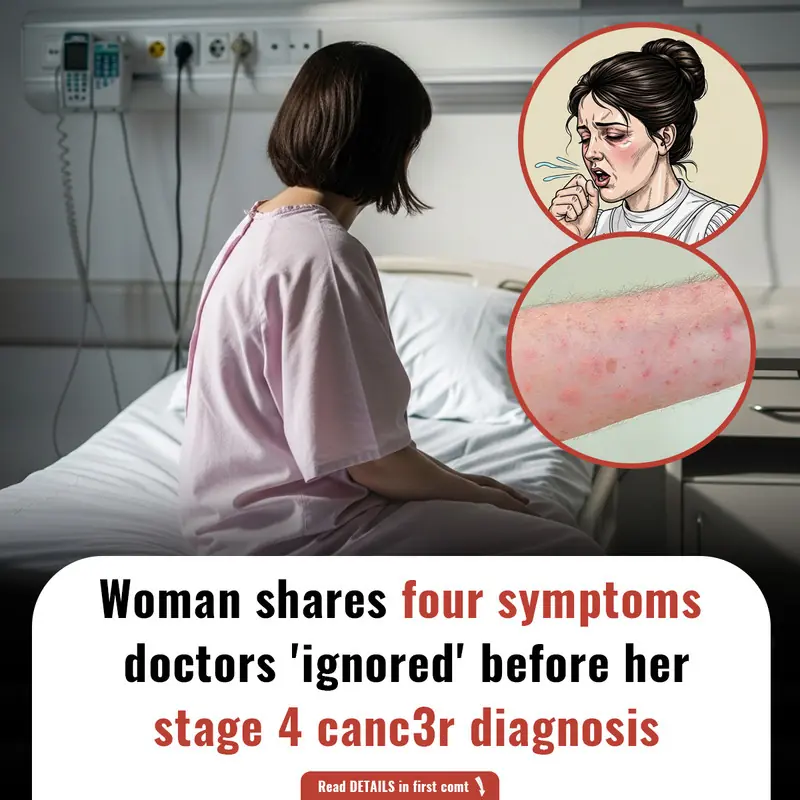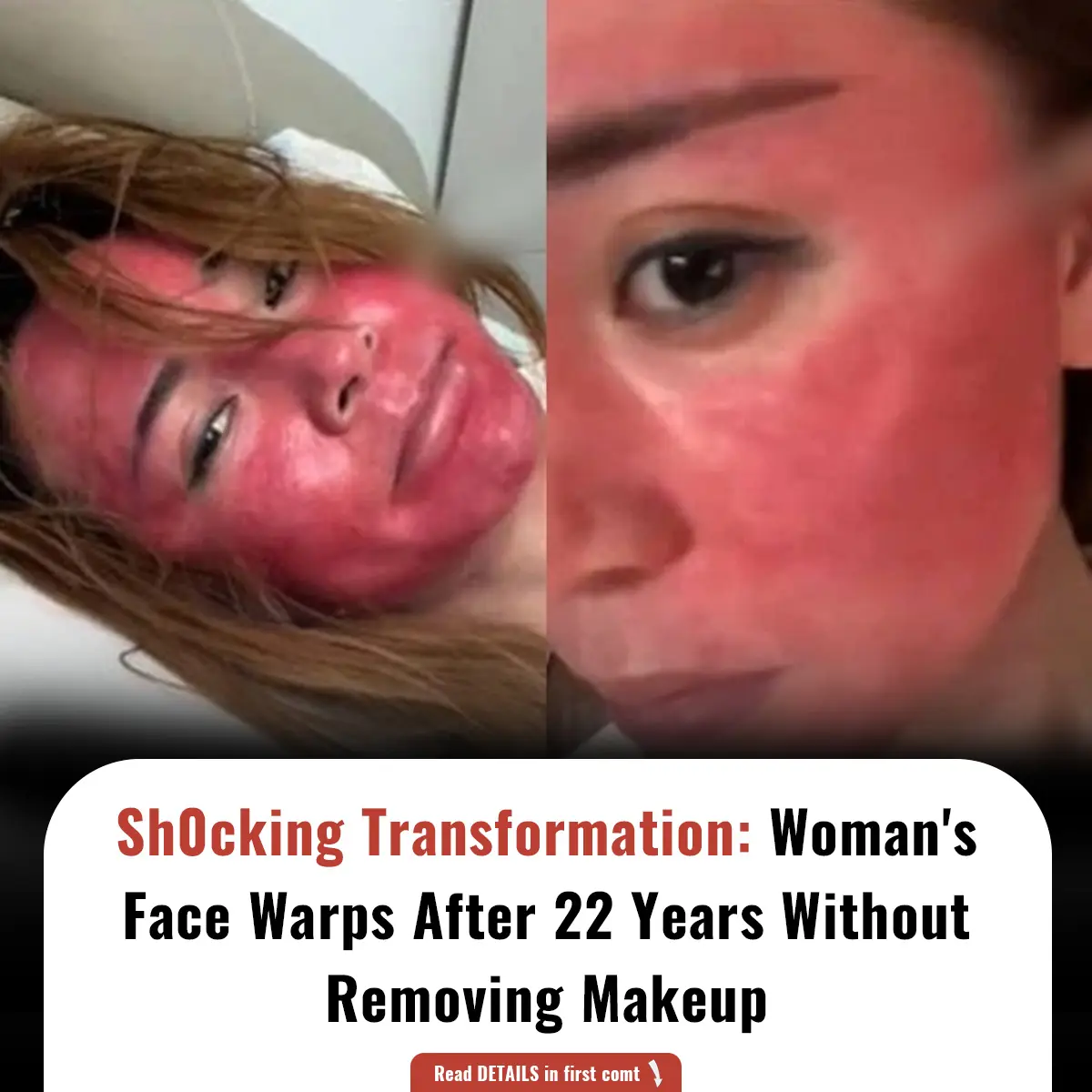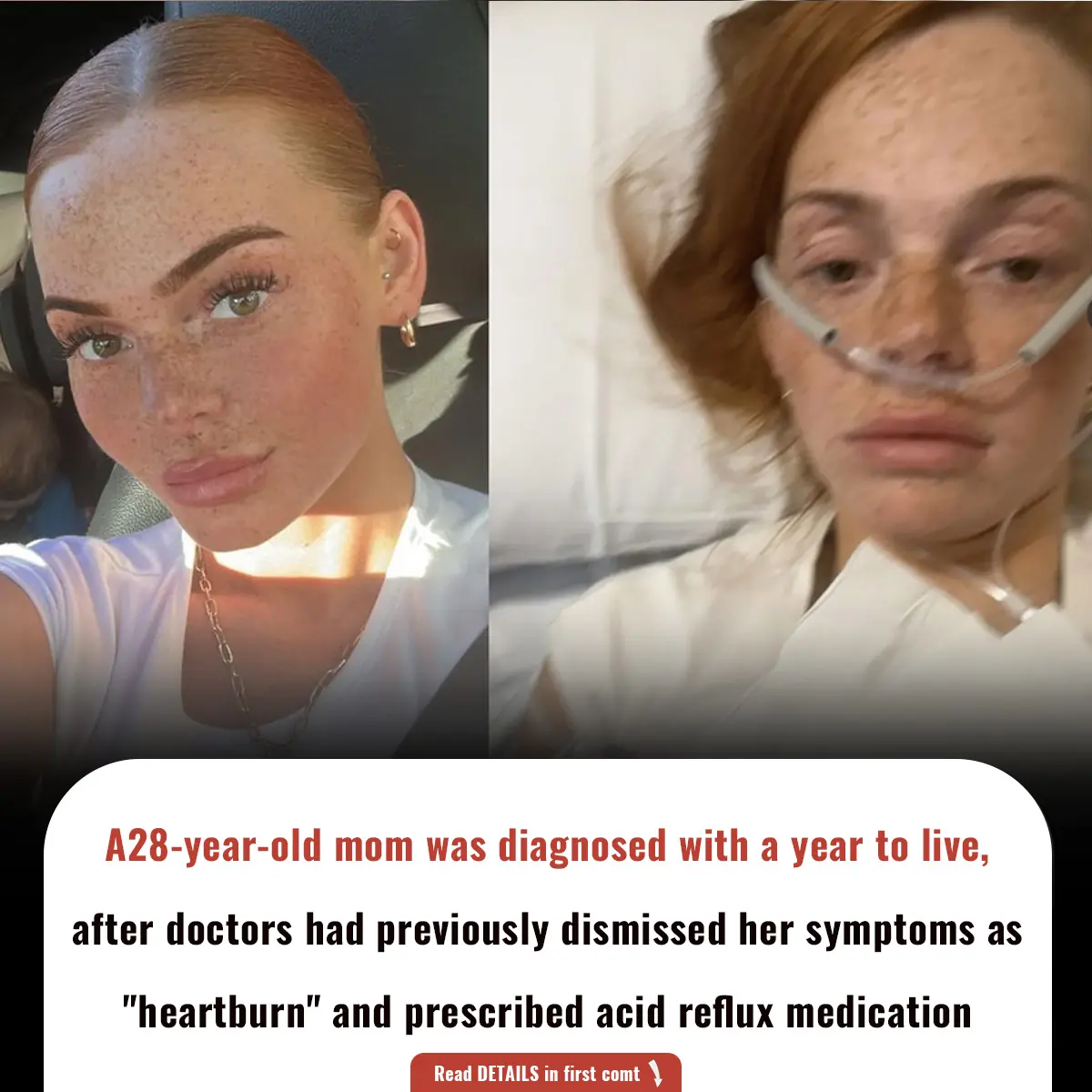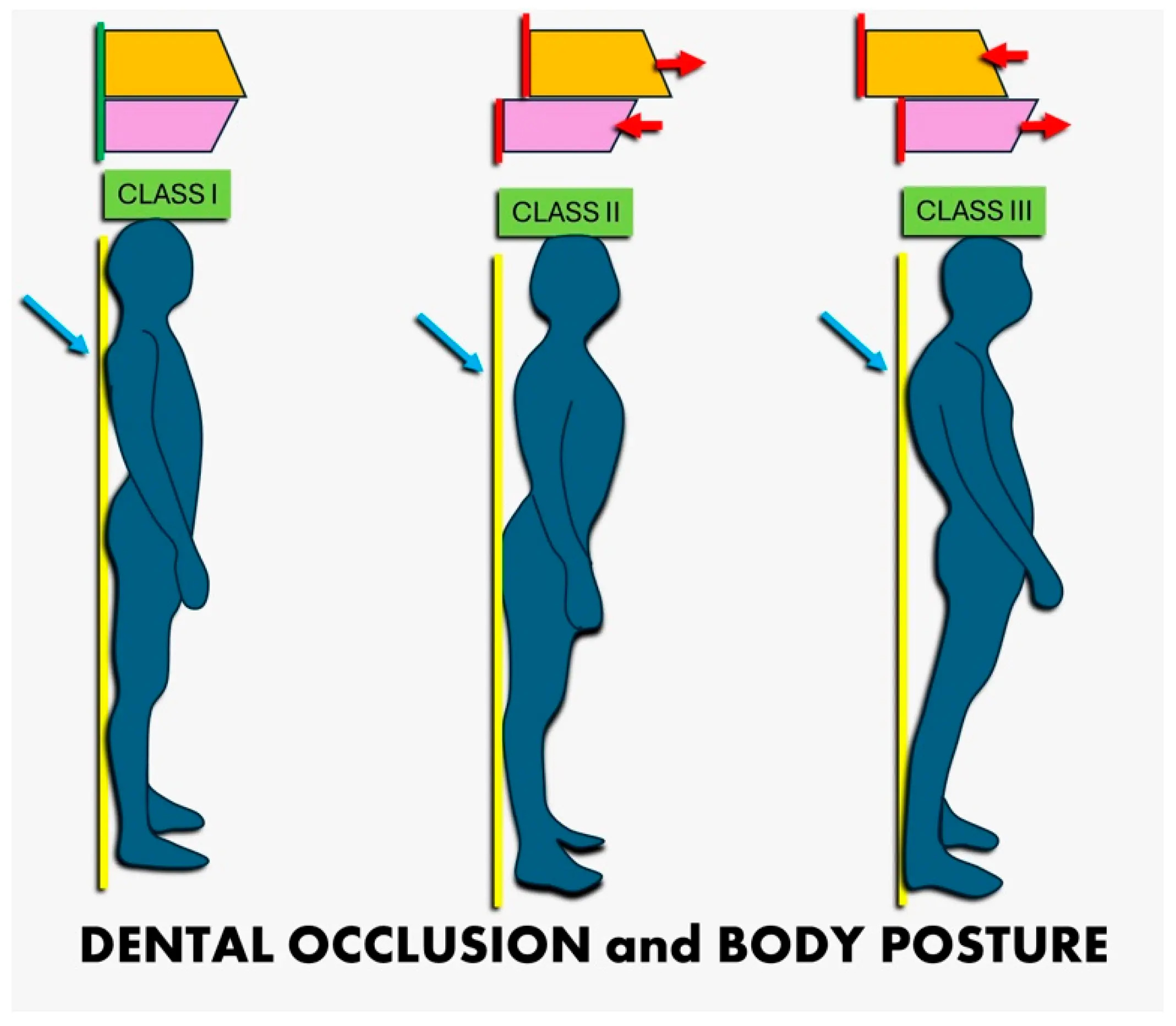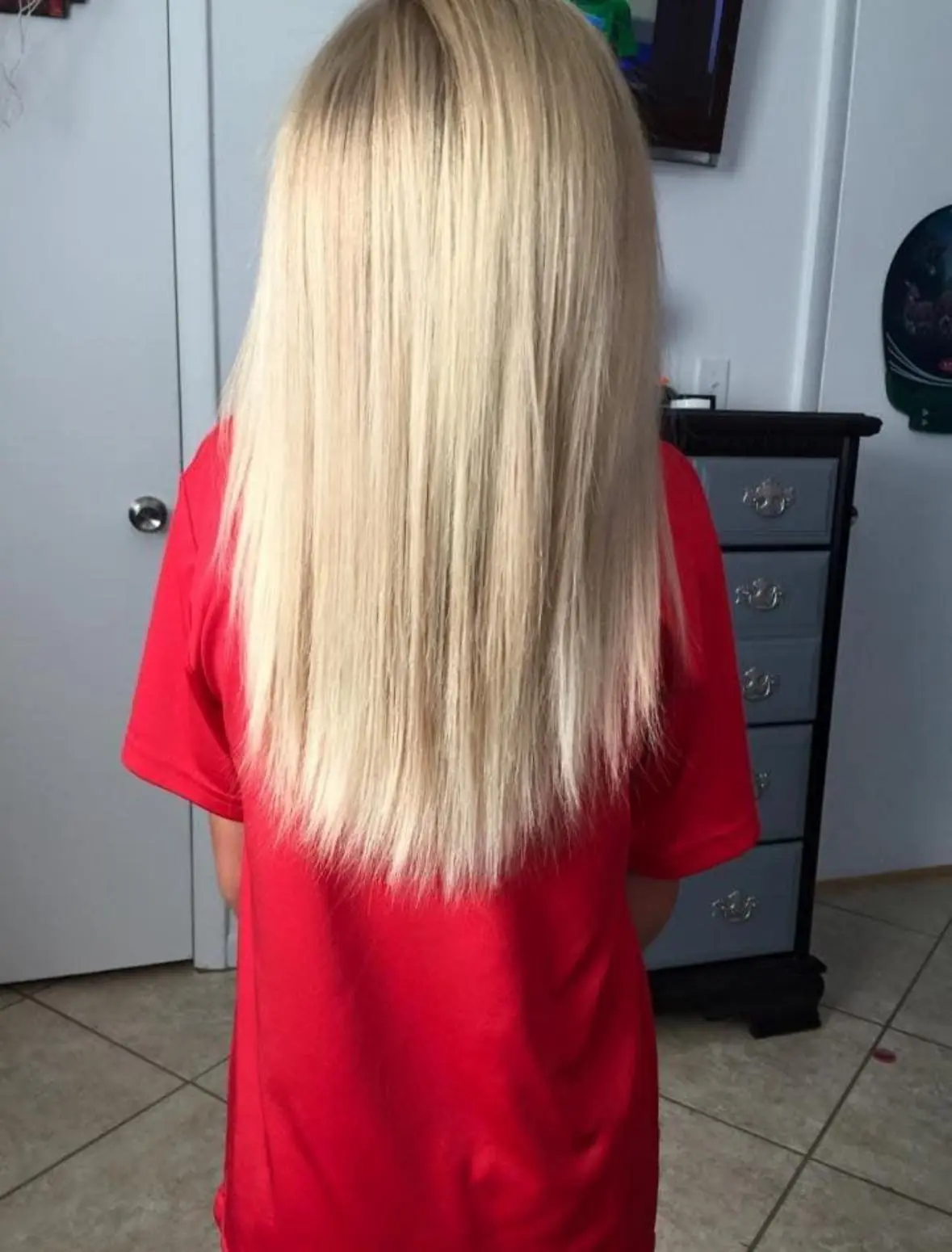Formaldehyde is a colorless gas commonly used in adhesives, textiles, and building materials. While not visible to the naked eye, prolonged exposure to high levels of formaldehyde can irritate the respiratory system, cause headaches, fatigue, and even increase the risk of cancer. Surprisingly, several everyday household items may be silently releasing formaldehyde, posing potential health hazards.

5 Household Items That Harbor Formaldehyde: Hidden Cancer Risks Lurking in Your Home
As we strive to create comfortable living spaces, it's easy to overlook the potential health risks associated with certain household items. Formaldehyde, a volatile organic compound, is commonly found in various products within our homes. Understanding which items may emit this harmful substance can help mitigate exposure and protect our health.
1. Upholstered Beds and Nightstands Made from Particleboard
Upholstered beds and nightstands are popular for their aesthetic appeal and comfort. However, if the internal structure is constructed from particleboard or recycled cotton batting of questionable quality, these materials can emit formaldehyde gas over time. Even if the furniture is coated with paint or varnish, formaldehyde can still leach out from joints and edges, especially in enclosed spaces like bedrooms.
2. Substandard Engineered Wood Furniture
Affordable furniture items such as wardrobes and vanity tables often utilize engineered wood products that contain formaldehyde-based adhesives. These products can release formaldehyde gas continuously, particularly in warm and humid conditions. Even if labeled as "formaldehyde-free," products not meeting strict standards like E1 or CARB-P2 may still pose risks.
3. Low-Quality Wallpaper and Unbranded Adhesives
Wallpaper is often considered a safer alternative to paint, but low-quality options can contain dyes and adhesives that release formaldehyde. Particularly, dark-colored wallpapers and unbranded adhesives may emit harmful gases when applied in poorly ventilated areas, contributing to indoor air pollution.
4. Inexpensive Curtains, Bedding, and Upholstery Fabrics
Budget-friendly curtains, bed linens, and upholstery fabrics may be treated with wrinkle-resistant finishes or dyes containing formaldehyde. These treatments can cause the substance to vaporize into the air, leading to potential skin irritation, allergic reactions, or respiratory issues, especially in individuals with sensitivities.
5. Synthetic Fiber Rugs with Rubber Backing
Area rugs designed to mimic natural fibers like jute or hemp are popular for their rustic charm. However, the synthetic rubber backing often used in these rugs can emit formaldehyde over time. Unlike movable items, rugs cover large floor areas and are seldom relocated, allowing formaldehyde to accumulate in indoor spaces.
Conclusion:
While many household items contribute to a comfortable living environment, it's essential to be aware of those that may pose health risks due to formaldehyde emissions. By selecting products that meet safety standards and ensuring proper ventilation, we can minimize exposure and create a healthier home.
For more detailed information and tips, you can read the full article here: 5 Household Items That Harbor Formaldehyde.





